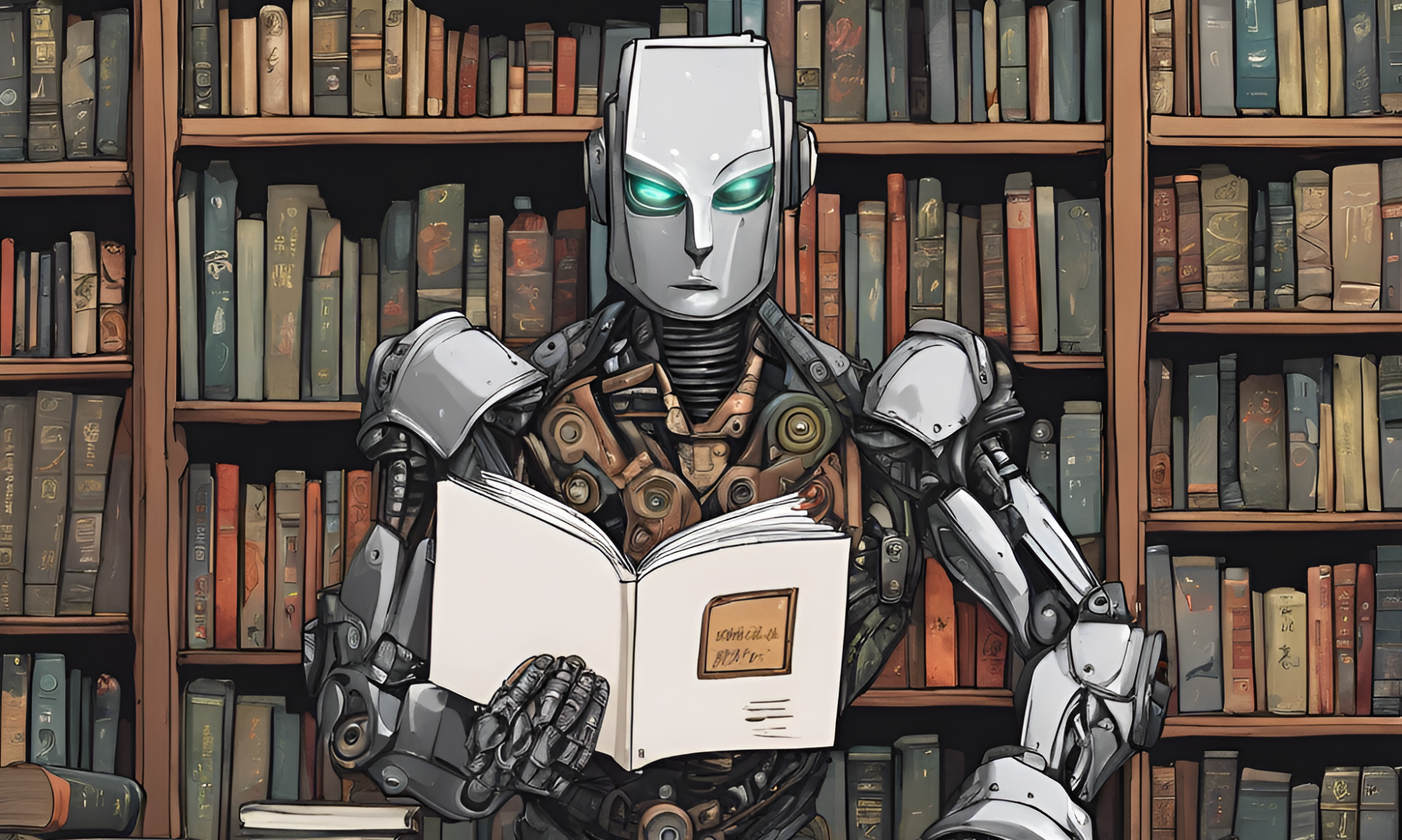Conditional random fields (CRFs) are a class of statistical modeling methods often applied in pattern recognition and machine learning and used for structured prediction. Whereas a classifier predicts a label for a single sample without considering “neighbouring” samples, a CRF can take context into account. To do so, the predictions are modelled as a graphical model, which represents the presence of dependencies between the predictions. What kind of graph is used depends on the application. For example, in natural language processing, “linear chain” CRFs are popular, for which each prediction is dependent only on its immediate neighbours. In image processing, the graph typically connects locations to nearby and/or similar locations to enforce that they receive similar predictions.
Other examples where CRFs are used are: labeling or parsing of sequential data for natural language processing or biological sequences, part-of-speech tagging, shallow parsing, named entity recognition, gene finding, peptide critical functional region finding, and object recognition[5] and image segmentation in computer vision.
